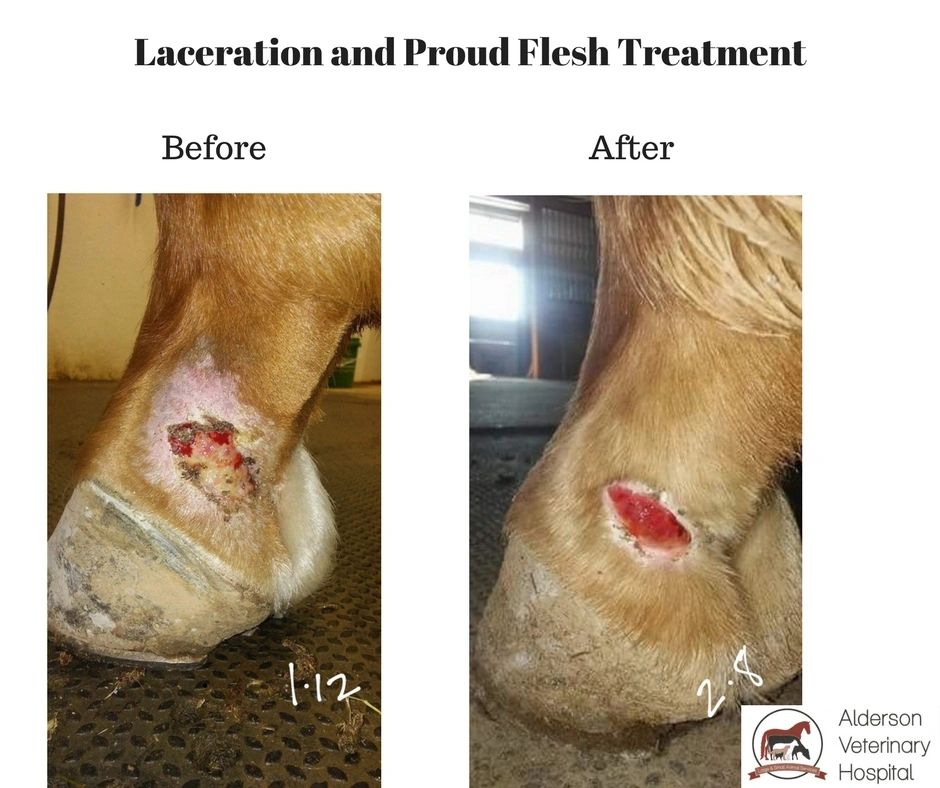Equine Therapy for Injury Recuperation: Exactly How Equines Assist Heal Emotional Wounds
Equine Therapy for Injury Recuperation: Exactly How Equines Assist Heal Emotional Wounds
Blog Article
Just How Laser Treatment in Equine Treatment Is Revolutionizing Veterinary Look After Equines
Laser treatment has actually arised as a transformative method in equine vet care, giving a non-invasive solution that accelerates recovery and enhances overall health. The portability and flexibility of laser treatment devices even more highlight their growing indispensability among vets.
Understanding Laser Therapy

The innovation behind laser treatment is based in the concept of photochemistry, where photons are soaked up by chromophores within cells, leading to enhanced ATP production and modulation of reactive oxygen types (Equine Therapy). This, subsequently, advertises mobile spreading, lowers swelling, and increases recovery. Vet experts make use of various kinds of lasers, consisting of low-level lasers (LLLT) and high-power Course IV lasers, depending upon the specific therapeutic objectives and the nature of the equine problem being dealt with
Various laser wavelengths and power setups are very carefully chosen to target different tissue depths and achieve wanted professional end results. Security procedures are vital, as incorrect usage can lead to thermal damages or suboptimal healing impacts. Thus, an extensive understanding of laser therapy's devices and applications is critical for its reliable application in equine veterinary technique.
Advantages for Equine Health
The myriad advantages of laser therapy for equine wellness encompass boosted healing, pain reduction, and enhanced mobility. This sophisticated treatment technique leverages specific wavelengths of light to permeate cells, promoting mobile function and advertising quick tissue fixing. The non-invasive nature of laser treatment makes certain minimal stress and anxiety and discomfort for the equine, facilitating a smoother healing procedure.
Enhanced healing is one of the leading benefits, as laser therapy increases cellular regrowth and collagen synthesis. Pain decrease is attained through the anti-inflammatory results of laser treatment, which reduces swelling and reduces the production of pain-inducing chemicals.
Improved wheelchair is one more essential advantage, particularly for performance and functioning horses. By reducing inflammation and pain, and enhancing tissue repair, laser therapy assists in bring back joint feature and muscle mass versatility. The advancing impact of these benefits is not only a quicker go back to regular task yet additionally a general improvement in the equine's lifestyle. Therefore, laser therapy stands as a transformative device in modern-day horse veterinary care.
Usual Problems Treated
Laser therapy has emerged as a functional treatment option for a selection of typical equine conditions. Amongst these, bone and joint injuries are especially amenable to laser treatment. Equine Therapy. Soft tissue injuries, such as tendonitis and tendon stress, gain from the anti-inflammatory and analgesic effects of laser therapies, which speed up healing and minimize pain. In addition, laser therapy is reliable for problems like osteoarthritis, where it aids alleviate joint inflammation and advertise cells fixing.
Wound management is one more location where laser treatment has revealed considerable assurance. Persistent wounds or slow-healing ulcers can be specifically tough in horses, but laser therapy boosts cellular regeneration and boosts blood flow, thus quickening the recovery process. Additionally, laser therapies have been effectively used in taking care of hoof conditions such as laminitis and abscesses, easing discomfort and promoting faster healing.

Modern Technology Behind Laser Treatment
Past the myriad conditions treatable with laser therapy, the innovation itself advantages better evaluation. At the heart of laser therapy is making use of details wavelengths of light to pass through tissues and elicit organic actions. These wavelengths, normally ranging from 600 to 1000 nanometers, are selectively absorbed by chromophores in the skin, muscular tissue, and various other cells, prompting a cascade of cellular occasions.
Laser gadgets used in vet medication often utilize low-level laser treatment (LLLT) or chilly laser therapy. Unlike high-powered medical lasers, these gadgets run at lower energy go to the website degrees, enhancing therapeutic advantages while lessening thermal damage. The energy from the laser light stimulates adenosine triphosphate (ATP) manufacturing, improves cellular metabolic rate, and speeds up tissue repair service processes.

Success Stories and Situation Research Studies

Showcasing the substantial advantages of laser treatment, countless success stories and study illuminate its transformative impact on equine wellness. One such instance includes a pedigreed racehorse suffering from chronic tendonitis. Traditional therapies yielded marginal renovation, but after incorporating laser therapy into the regimen, the horse exhibited significant decreases in swelling and discomfort within weeks, inevitably going back to affordable auto racing.
One more compelling example features a dressage steed detected with serious pain in the back, limiting its efficiency. A vet team employed low-level laser treatment (LLLT) to target the swollen areas, resulting in marked improvement in flexibility and a notable decline in pain. Over a number of sessions, the horse reclaimed its peak type, showcasing the efficiency of laser treatment in dealing with bone and joint problems.
Additionally, a research carried out at a leading equine clinic analyzed 50 steeds with numerous soft tissue injuries treated with laser therapy. The results were striking: 85% of the steeds demonstrated increased recovery times and boosted wheelchair. These situations underscore the adaptability and effectiveness of laser treatment in equine medicine, supplying a non-invasive, scientifically-backed technique to boosting recuperation and performance in steeds.
Conclusion
Laser treatment is transforming equine vet read review care by giving a non-invasive treatment that speeds up healing, minimizes inflammation, and relieves pain. With its performance in treating a variety of conditions, from bone and joint injuries to chronic disorders like osteoarthritis, this modern technology significantly improves equine health and movement. The transportability and adaptability of laser treatment further highlight its transformative influence on vet practices, strengthening its duty as a vital device in modern equine medical care.
Report this page